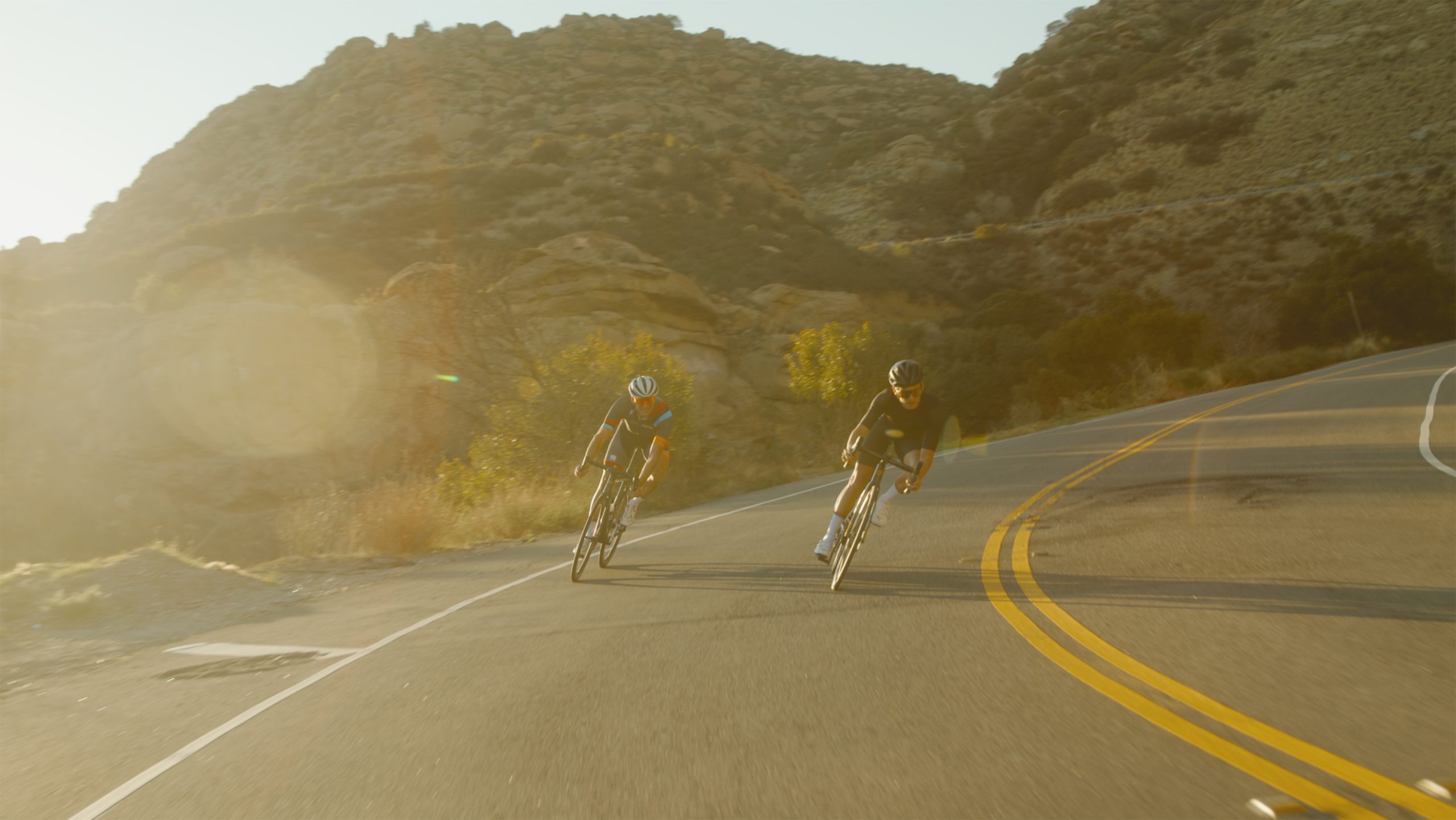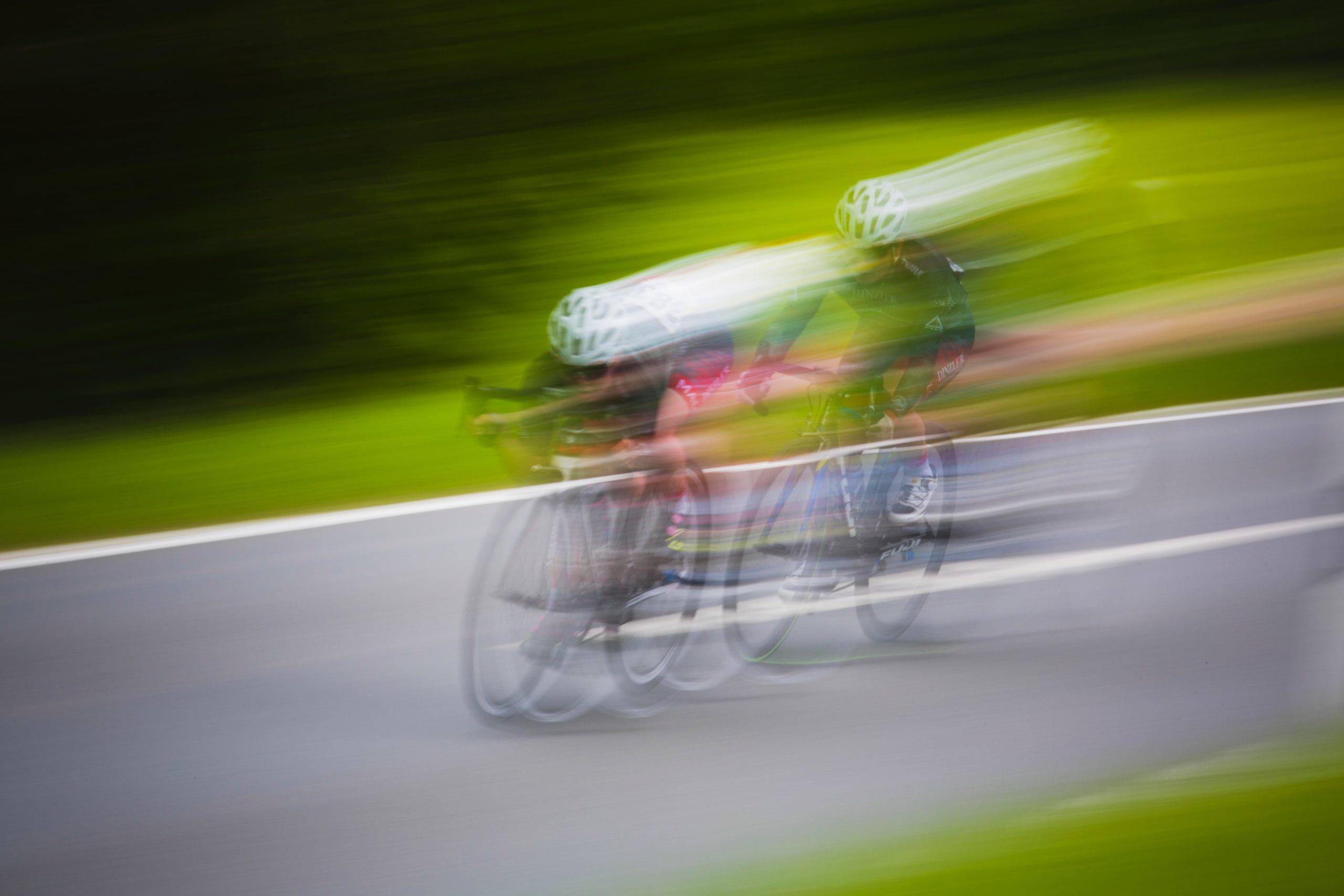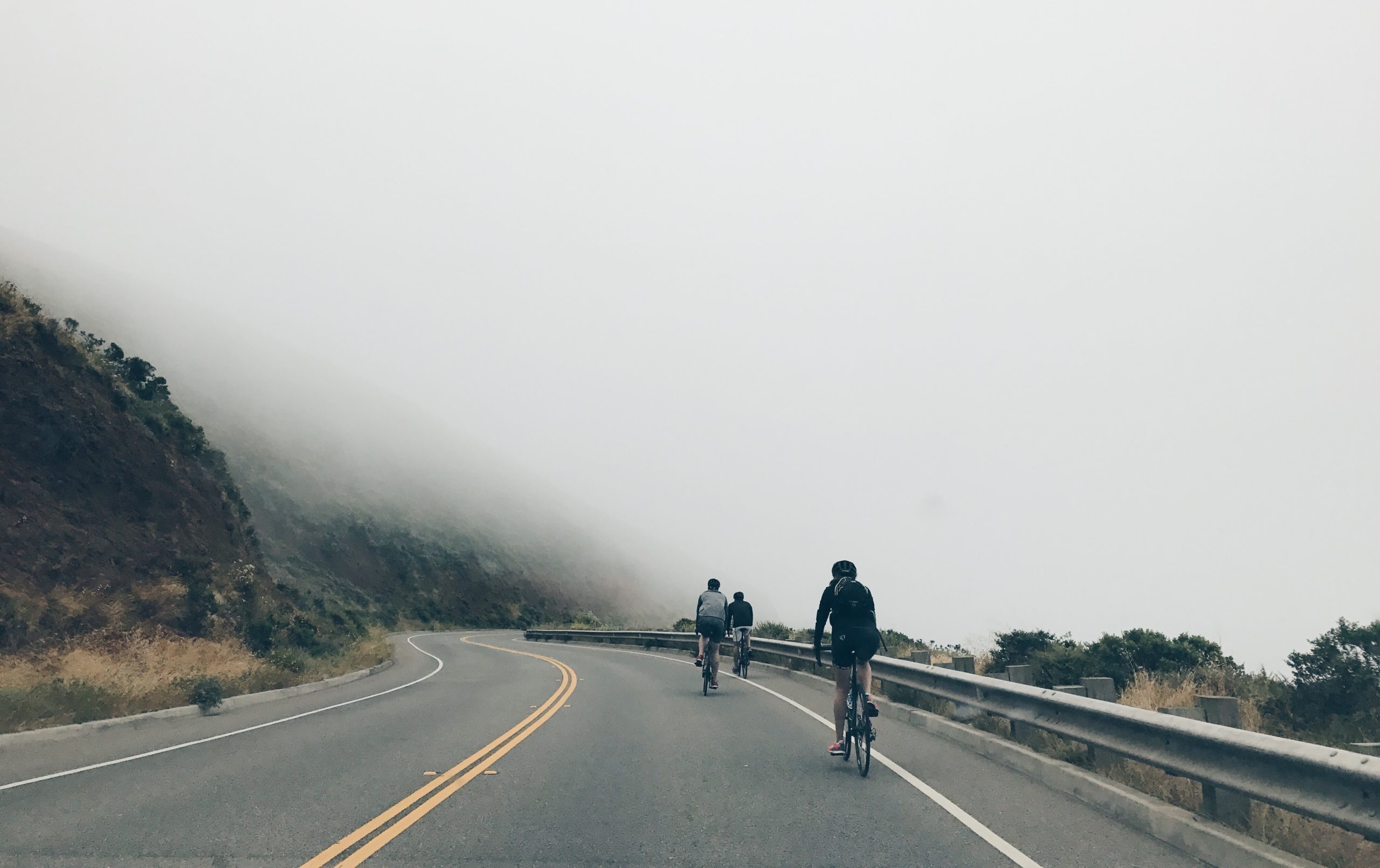Overcoming Your Fear of Fast Downhill Riding on the Bike
Mental performance coach Neil Edge breaks down his process used to empower athletes to confidently descend fast downhill

Two of the most common concerns my athletes present with are:
1.) How to prevent panic and anxiety in open water
2.) How to overcome the fear of fast downhill riding on the bike
Today, I am going to focus on the latter. Before we jump into exactly how to overcome this fear, we need to understand what fear is.
One definition that I often use is F.E.A.R. or False Evidence Appearing Real. This fear appears real, even though it is a fear of the future and is not happening now. Such fear creates worry and apprehension.
Fear is an emotion that is triggered in a small part of our brain called the amygdala. One of the amygdala’s primary functions is to ensure that we remain safe at all times. You may have heard of the term ‘fight or flight’ response. When it senses danger, the amygdala triggers this response which is an automatic physiological reaction to an event that is perceived to be stressful or frightening.
Symptoms of this response include:
- Increased heart rate
- Perceived shortness of breath
- Feeling weak
- Sweaty palms
In most cases, this fight or flight response is triggered without any form of validation (think nightmares as an example). The intensity often increases when we focus on specific thoughts—often ones that are most concerning—leading up to an event.
For example, you know that in three days, you will ride a route that involves a descent which makes you feel incredibly uneasy. Maybe you have crashed on that descent before. By allowing those negative thoughts to impact you before the ride, you are giving this emotion too much power. Sometimes, this emotion can be so strong that it prevents us from doing something we want too. Many people live in a constant state of fight or flight, which is very unhealthy.
However, fear in small doses, isn’t always bad. It can keep us safe and prevent us from doing things that are dangerous. We must balance the bad fear with the good.

Start with the physical adjustments
Before we discuss any solution, I always recommend regular bike checks to ensure everything works as it should, most importantly, the brakes and your bike is safe to ride. This small task can help to build your confidence.
Next, it is important that athletes understand HOW to descend properly.
- When descending in a straight line, keep your pedals parallel to the road at 3 o’clock and 9 o’clock. This will keep your weight centered.
- You should be seated slightly back on the saddle to keep your weight centered between the two wheels. Hands should be in the drops for road bikes or on the horns for tri bikes.
- Keep a soft bend in your knees and elbows so that these joints can move and absorb any road vibrations. Not too stiff, but not too soft—you’ll want to maintain good control.
- Look ahead. The faster you go, the farther down the road you should be looking. Be aware and safe.
- Avoid dragging the brake the entire descent, this can wear out your pads and potentially lead to brake failure. Consider instead using your torso as an air break; sit slightly up to let your chest catch the air and reduce your speed.

Tackling Your Fear
The first step of approaching any fear is acknowledging this feeling when it occurs. This allows you to recognize and disassociate the feeling of fear with the reality of what is occurring.
In the moment, when you notice negative thoughts creeping in, simply use a word such as STOP to acknowledge and redirect your focus onto something else. This will ensure that this negative, fearful thought doesn’t reappear.
During my four week course on fear of descending, I will have my athletes break down exactly what their fears are. We then work together to understand the root source as well as logically break down the extremely low likelihood that these will occur.
Positive Affirmation
Positive affirmations have proven time and time again to be effective in challenging negative thoughts and encouraging positive changes.
Here are my tips for maximising positive affirmations:
- State them within the first three to five minutes of waking when your brain is in Theta state and is most receptive to positive affirmations (in simple terms, when the door between our conscious mind and our subconscious is open).
- State your affirmations in the present tense.
Examples:
- “I am confident descending on my bike.”
- “I feel calm descending on my bike.”
- “I enjoy descending on my bike.”
Repeat those affirmations for three to five minutes before you sleep. Additionally, repeat these affirmations as you ride to the particular descent that scares you.

Systematic Desensitization
The idea is you must simply keep riding descents and eventually, this emotion of fear will dissipate. (This is also often advised in relation to fear of open water swimming.)
The process of systematic desensitization works on the basis that if we slowly and systematically introduce ourselves to the element which creates that feeling of fear, whilst ensuring that we remain calm (breathing techniques and positive statements), we will prevent our fight or flight response from triggering.
The following will help with the desensitization process because they will give you a sense of unease, replicating how you will feel when riding:
- Look at a picture of cyclists riding down a steep descent.
- Watch a video of cyclists riding down a fast descent.
- Go to an event and safely position yourself as a spectator on that descent to watch the cyclists speed down.
I use this process with all the athletes taking my Overcoming Fear of Descents Program as part of the solution.
Systematic desensitization is also effective for overcoming phobias.
Other elements that can help you to feel relaxed are smiling on the way out to the descent and meditation as a tool of mindfulness.
I have taken many athletes through a four week program to overcome the fear of descending fast and have yielded many positive results.
I hope that you found this useful and you too begin to thoroughly enjoy the wonderful feeling of riding fast downhill.
***
Neil Edge is an experienced Triathlon Mental Performance Coach, working with age groupers and pros. He works with triathletes to overcome fear of open water and fast descents, setbacks including a less than expected performance and injury, increasing motivation, removing performance anxiety and building confidence and resilience.
For more information about Neil’s courses, contact him at neil@neiledge.com.
Please feel free to connect via the following links.
Blog: https://www.blog.neiledge.com
Facebook: https://www.facebook.com/groups/triathlonmindset
Instagram: https://www.instagram.com/triathlon_mental_performance

